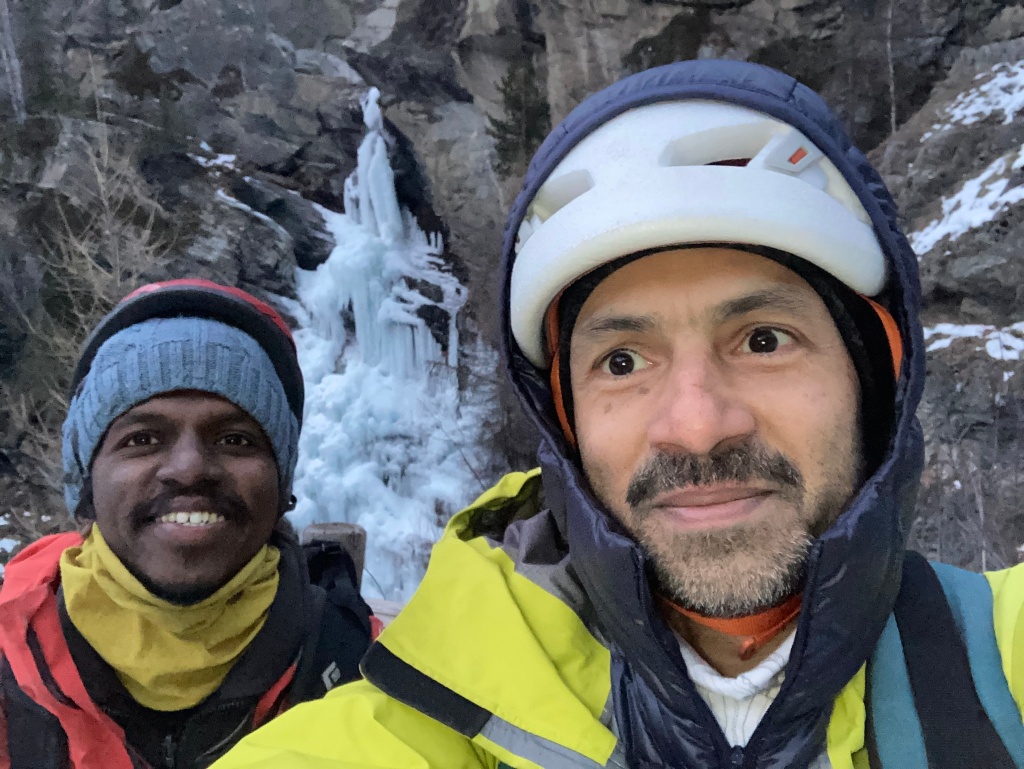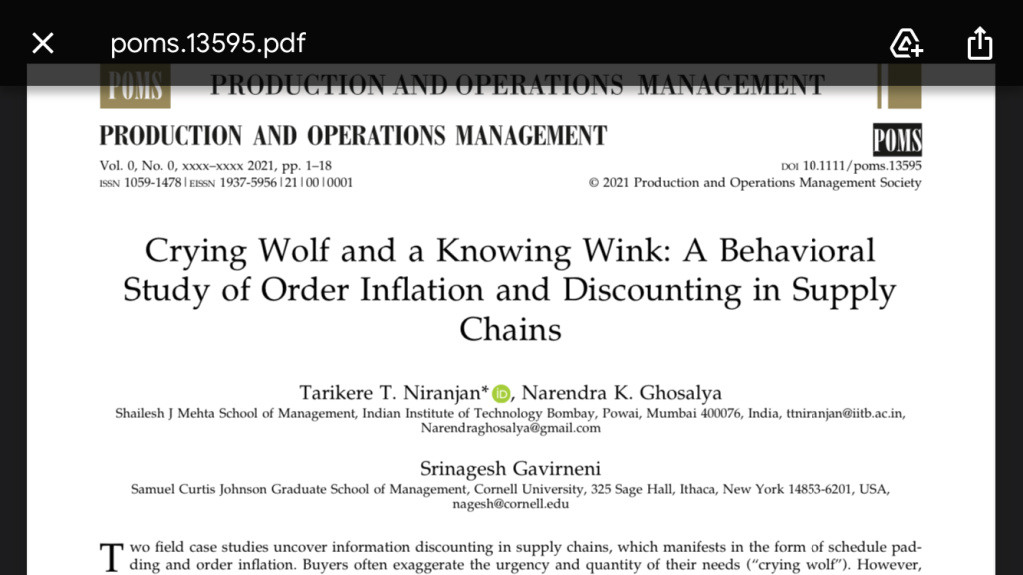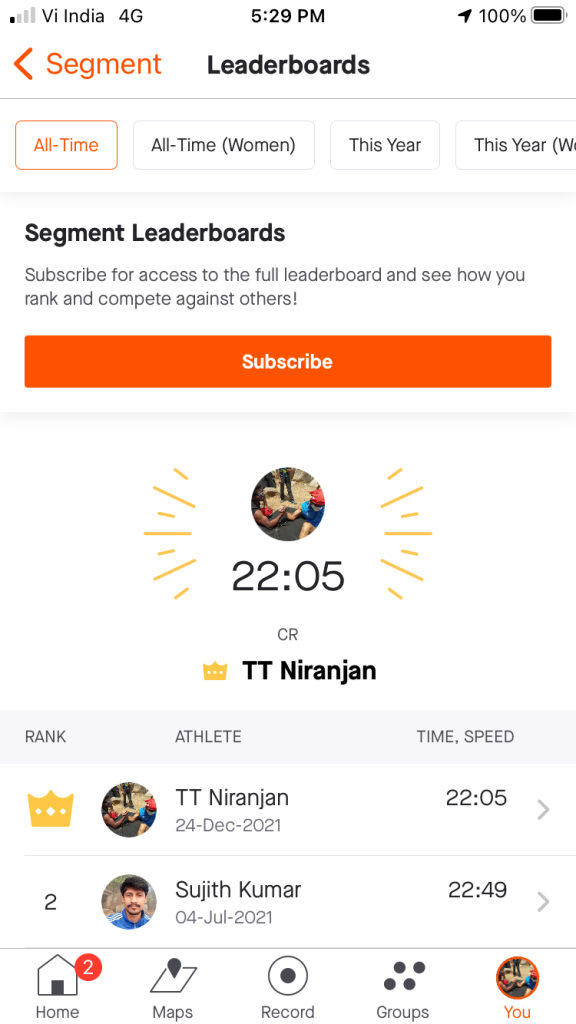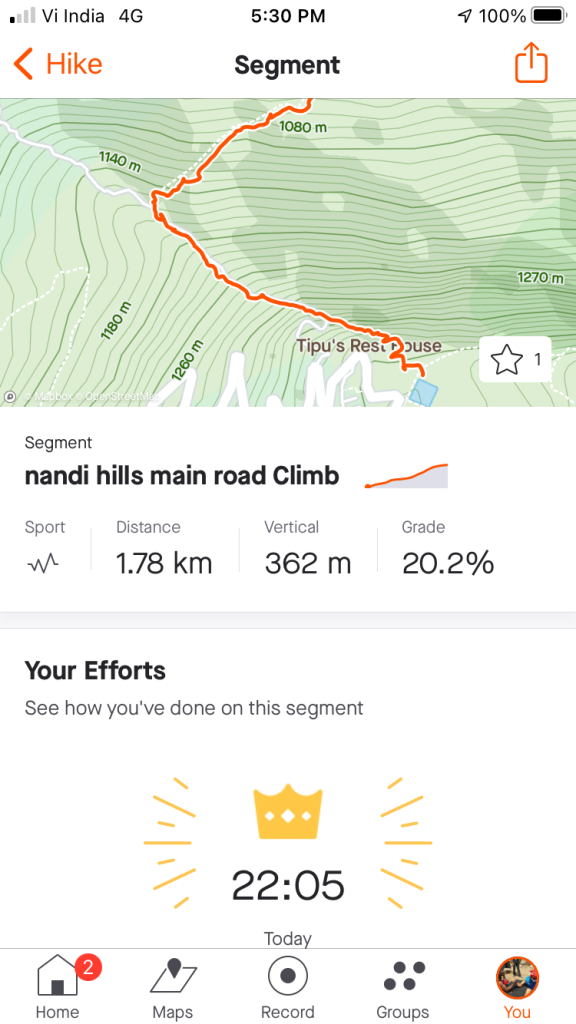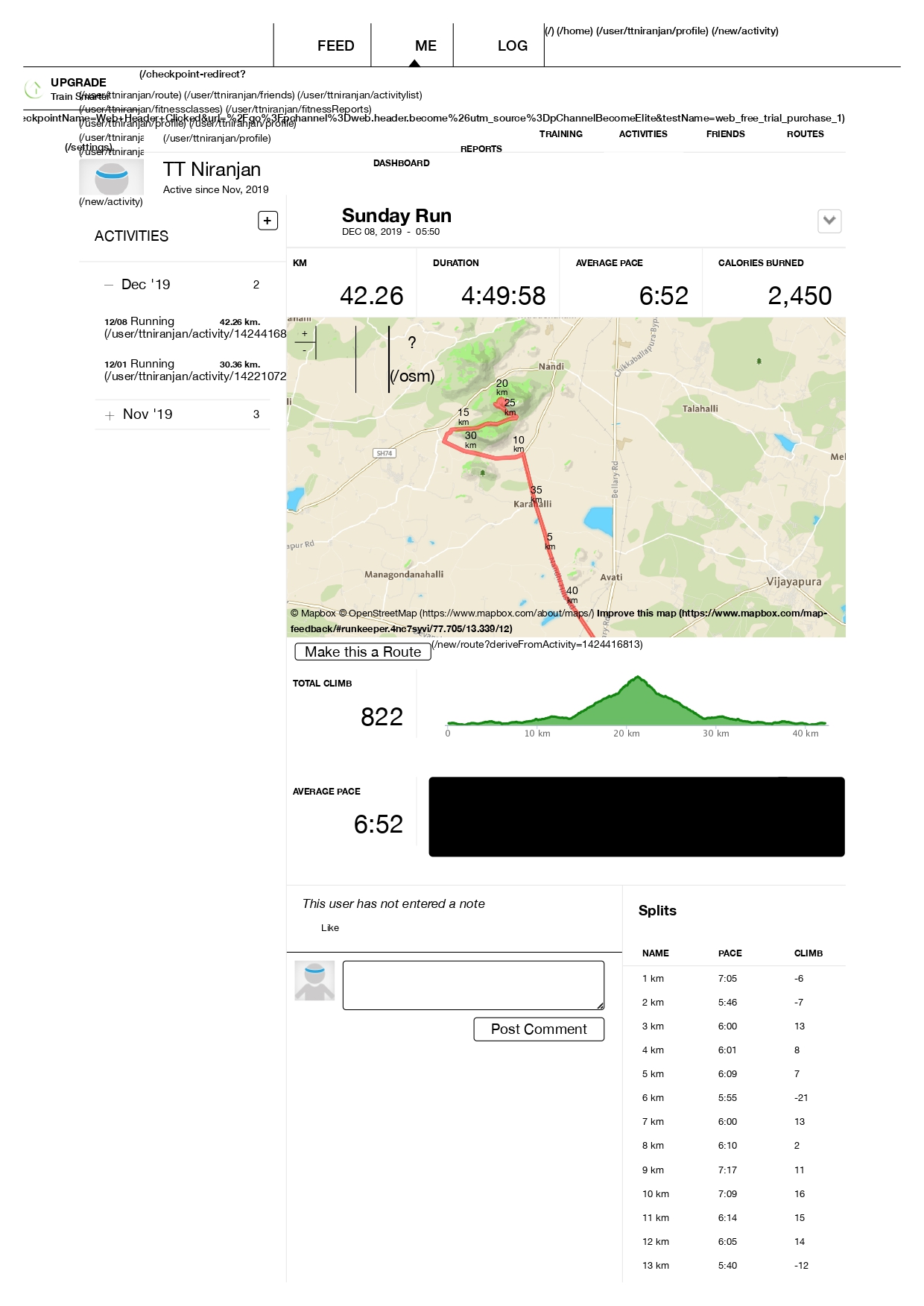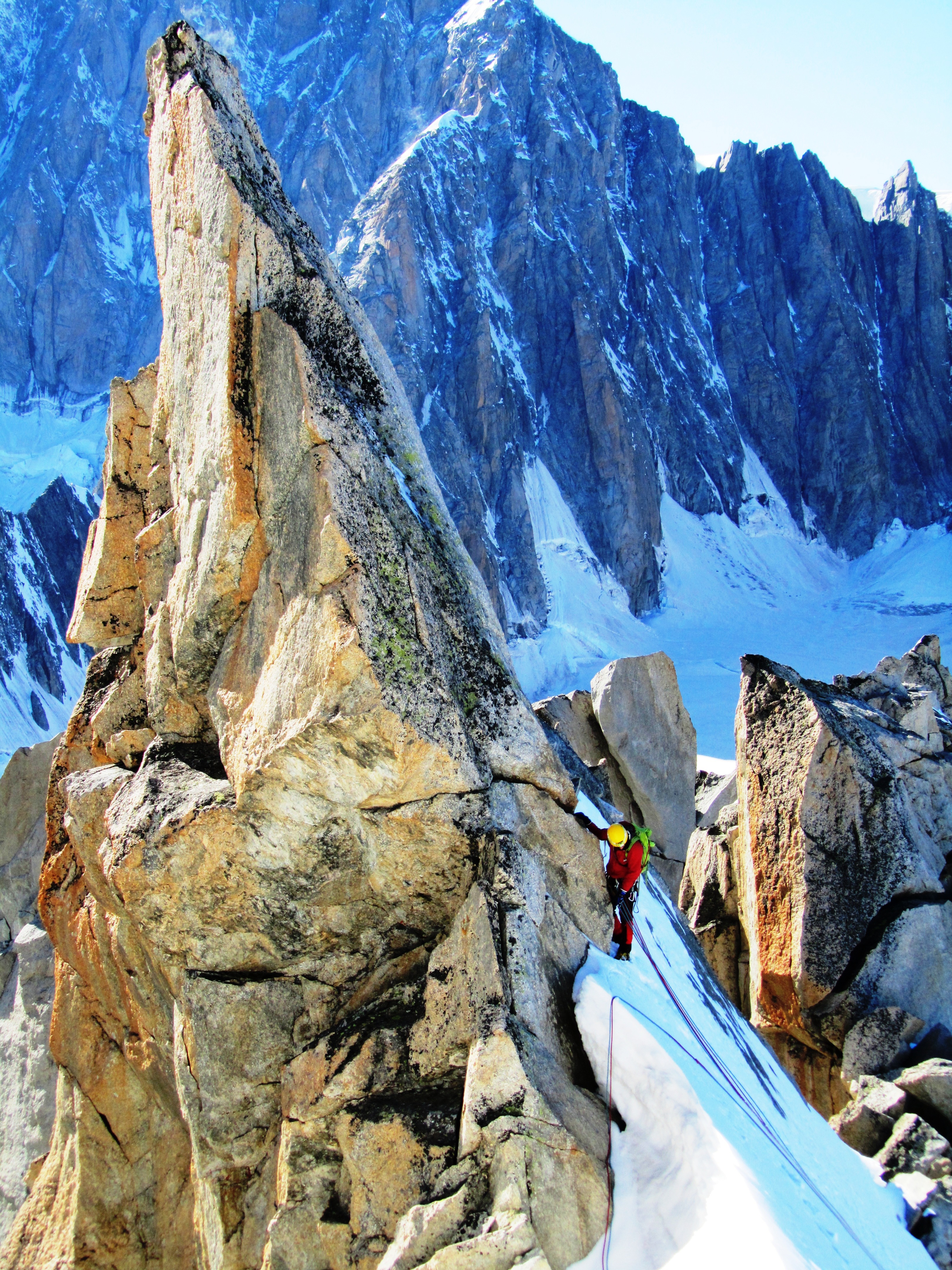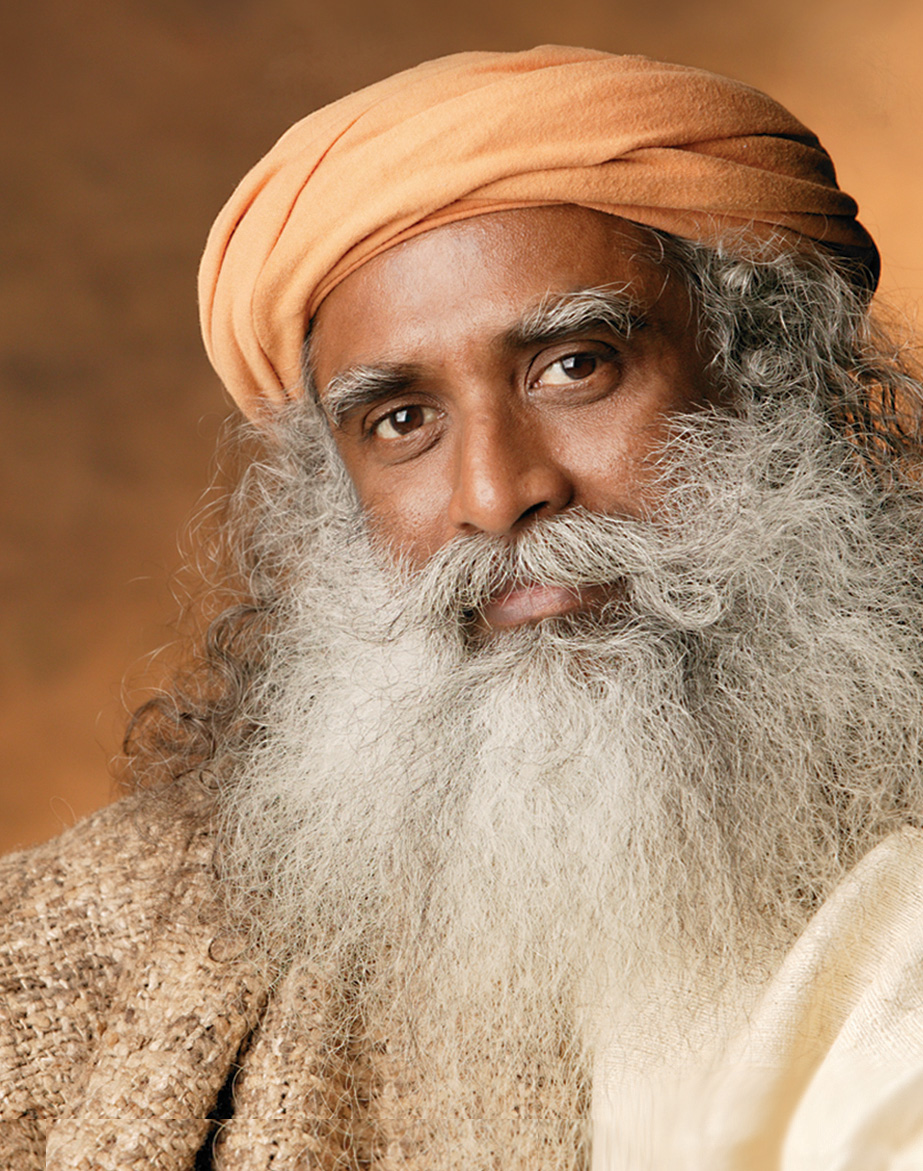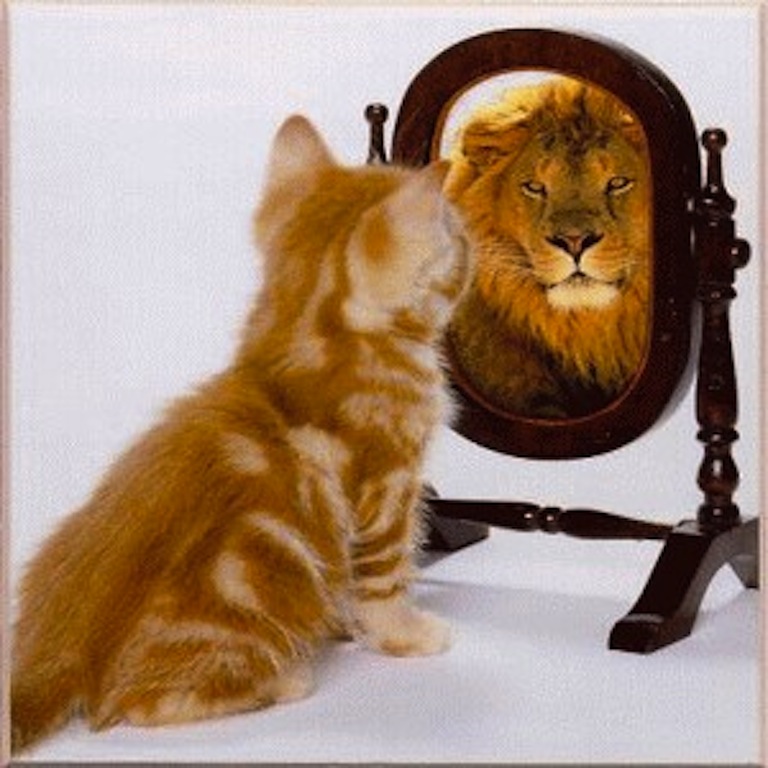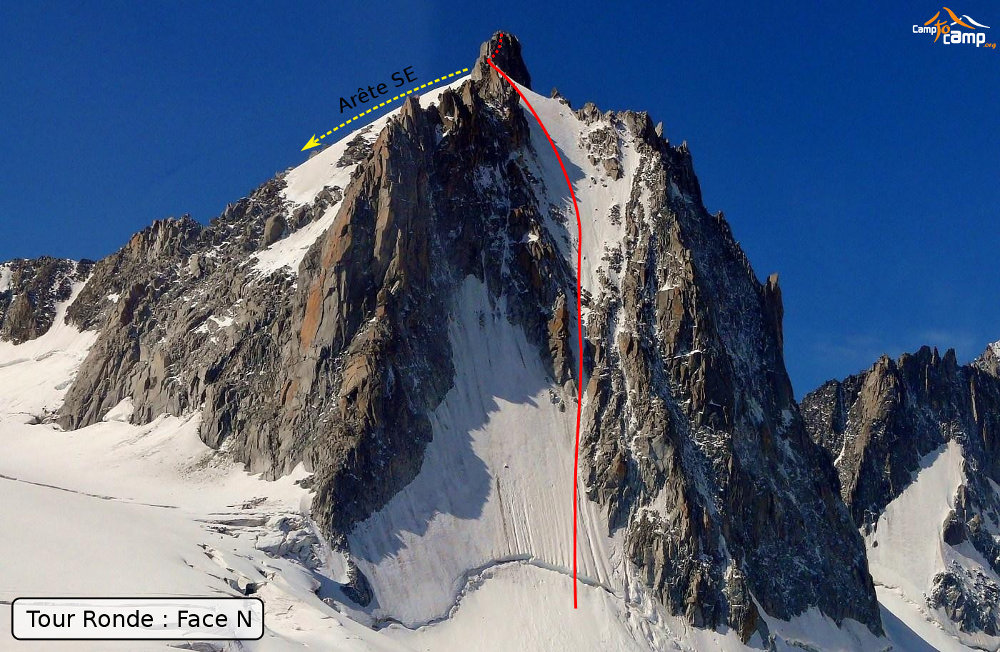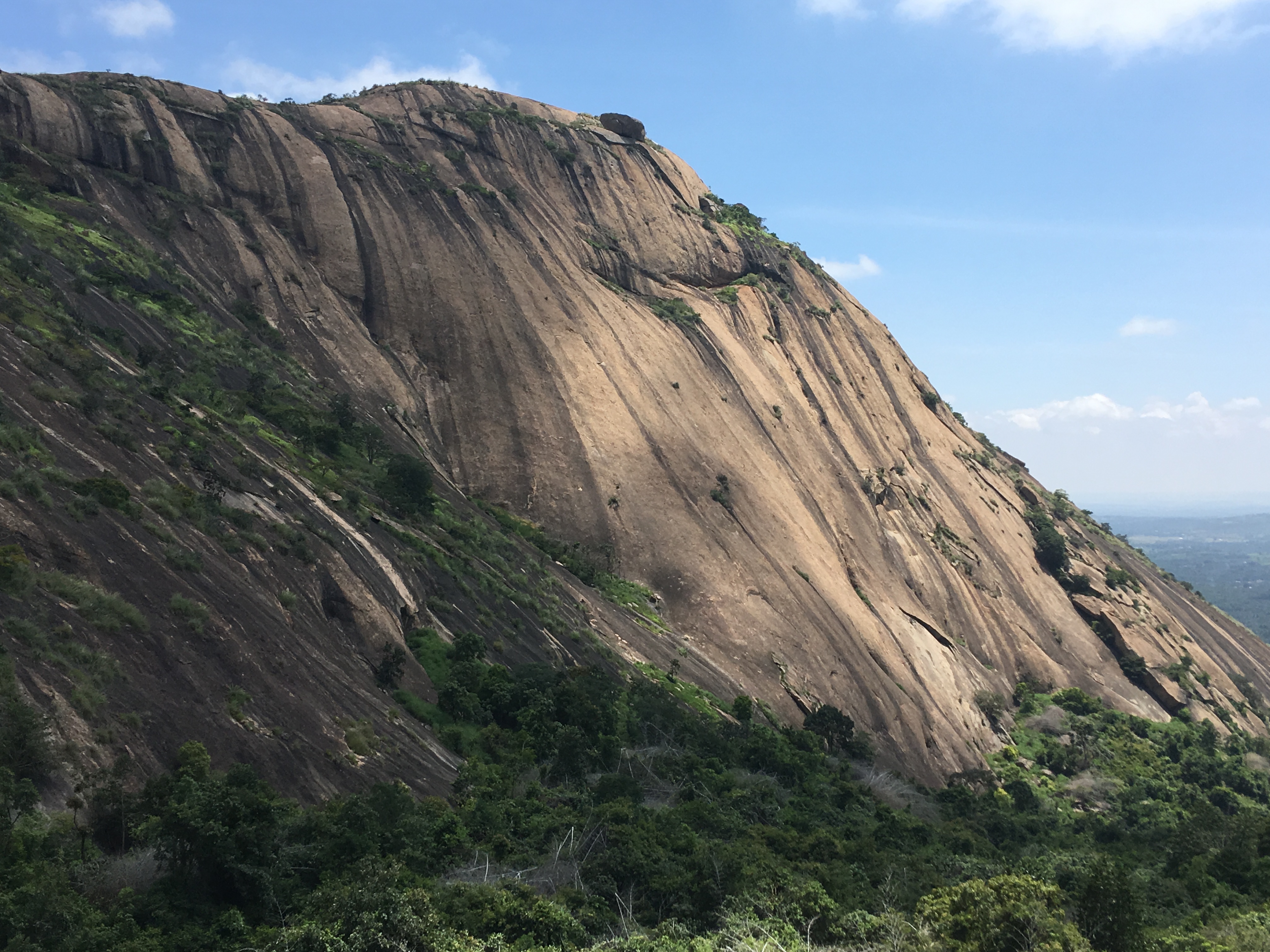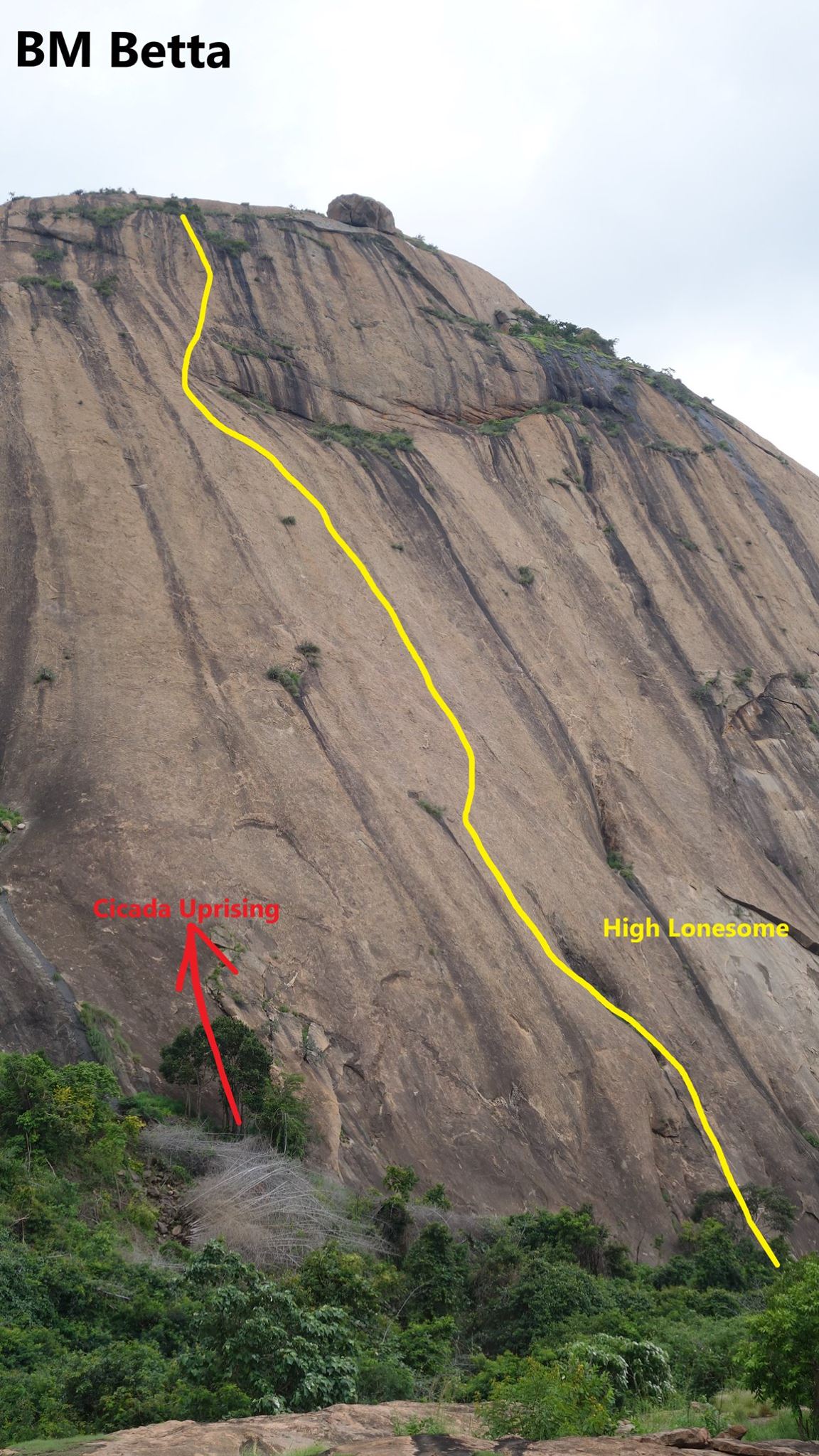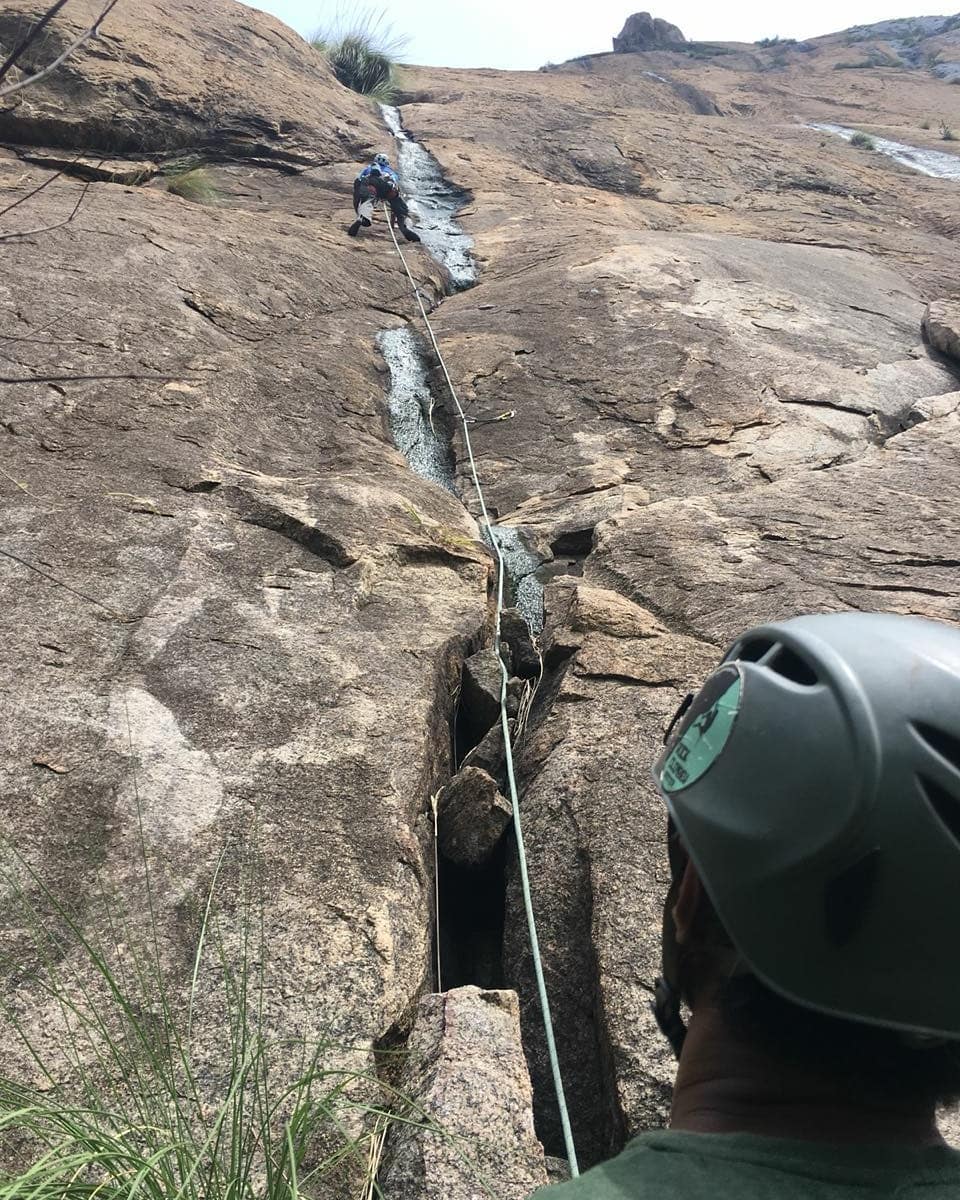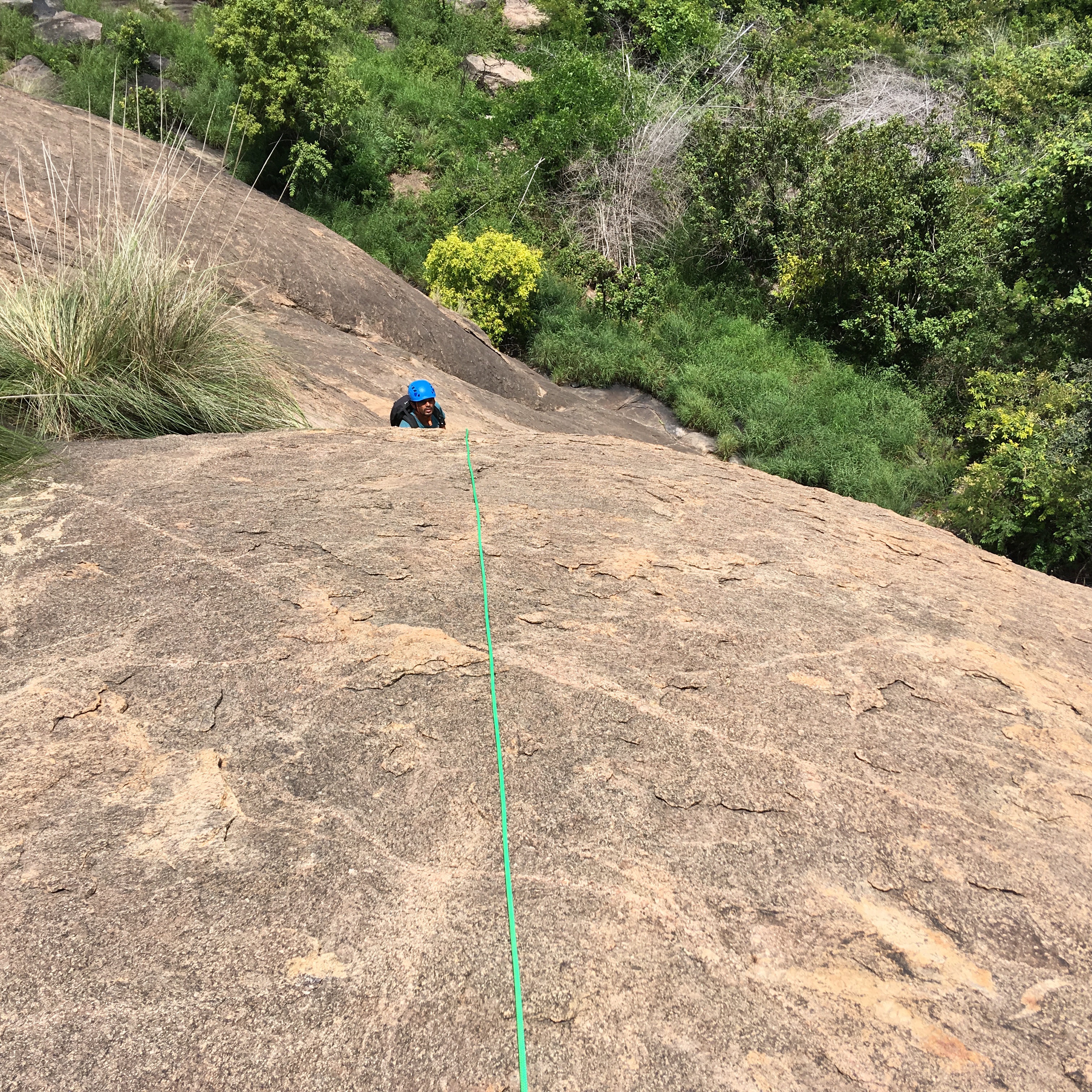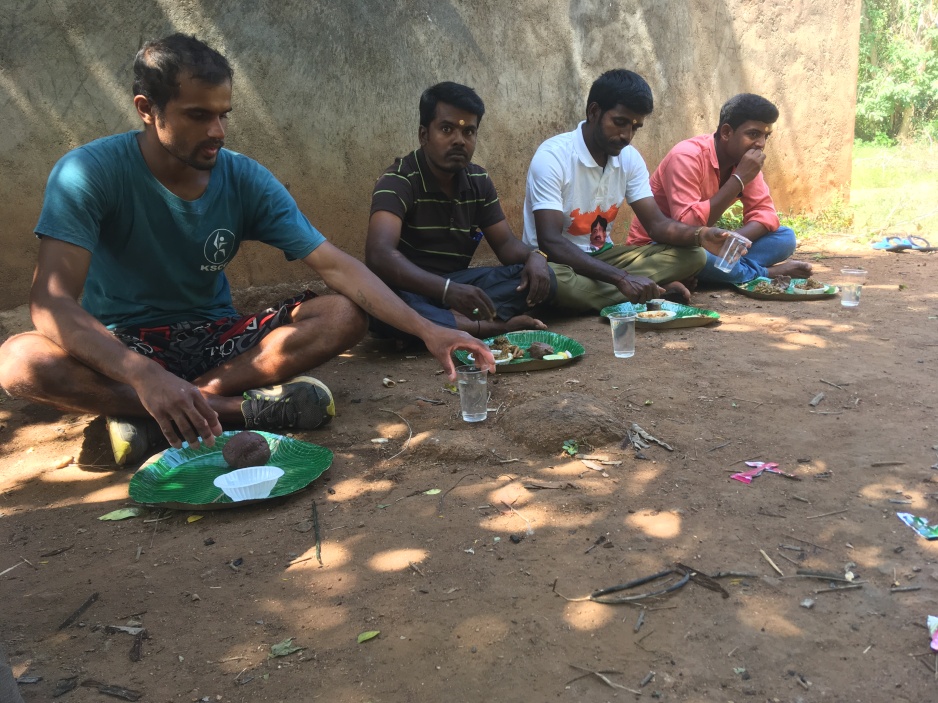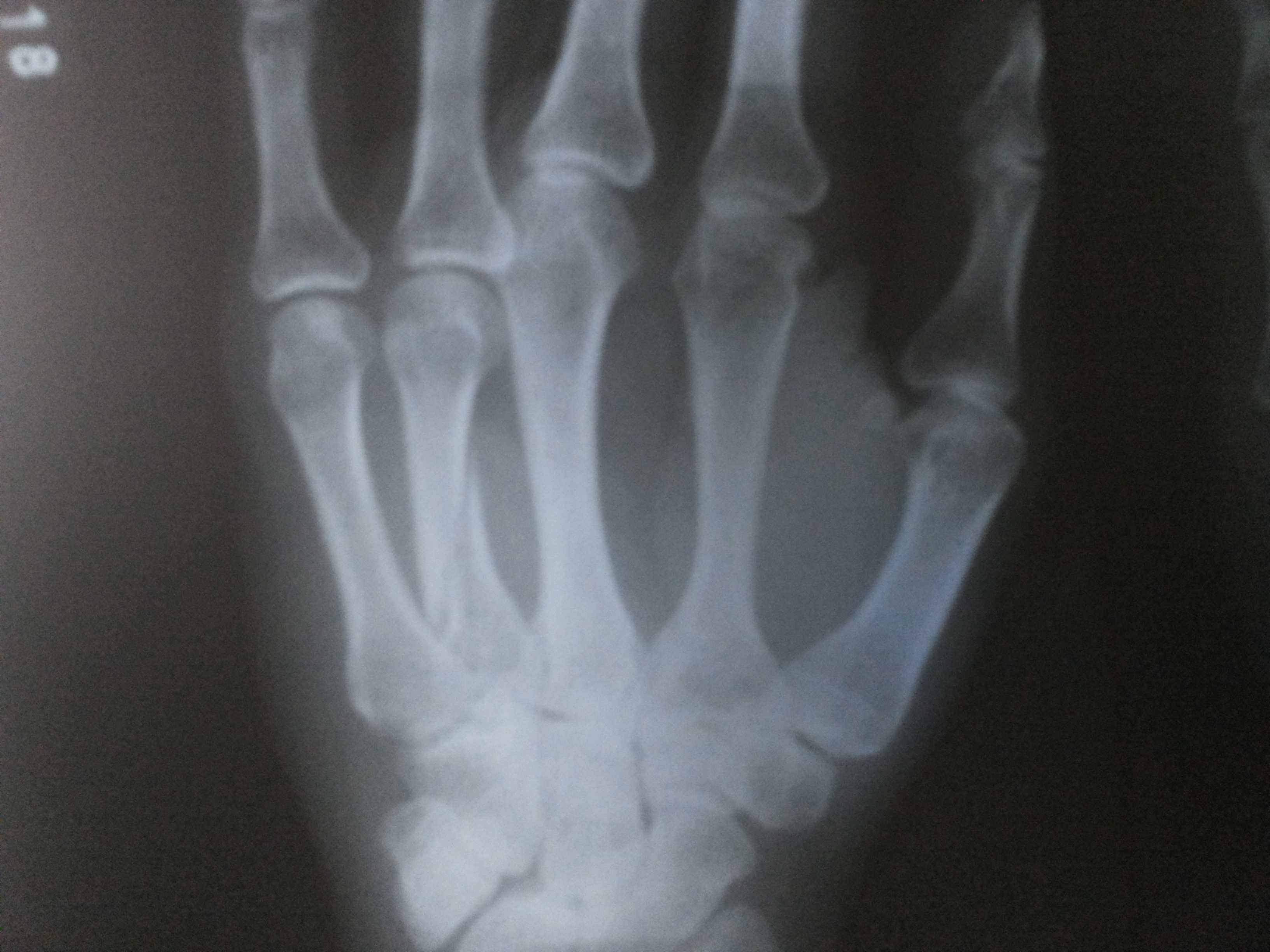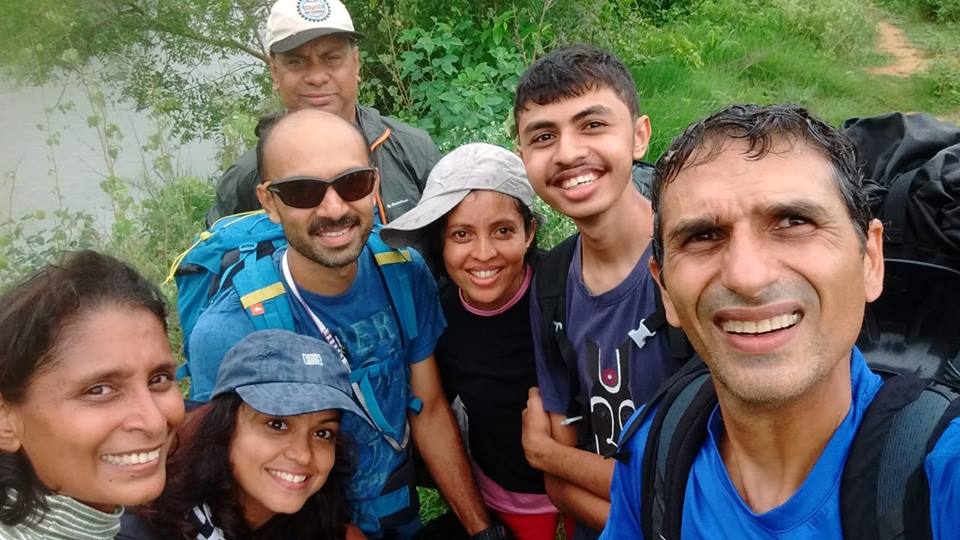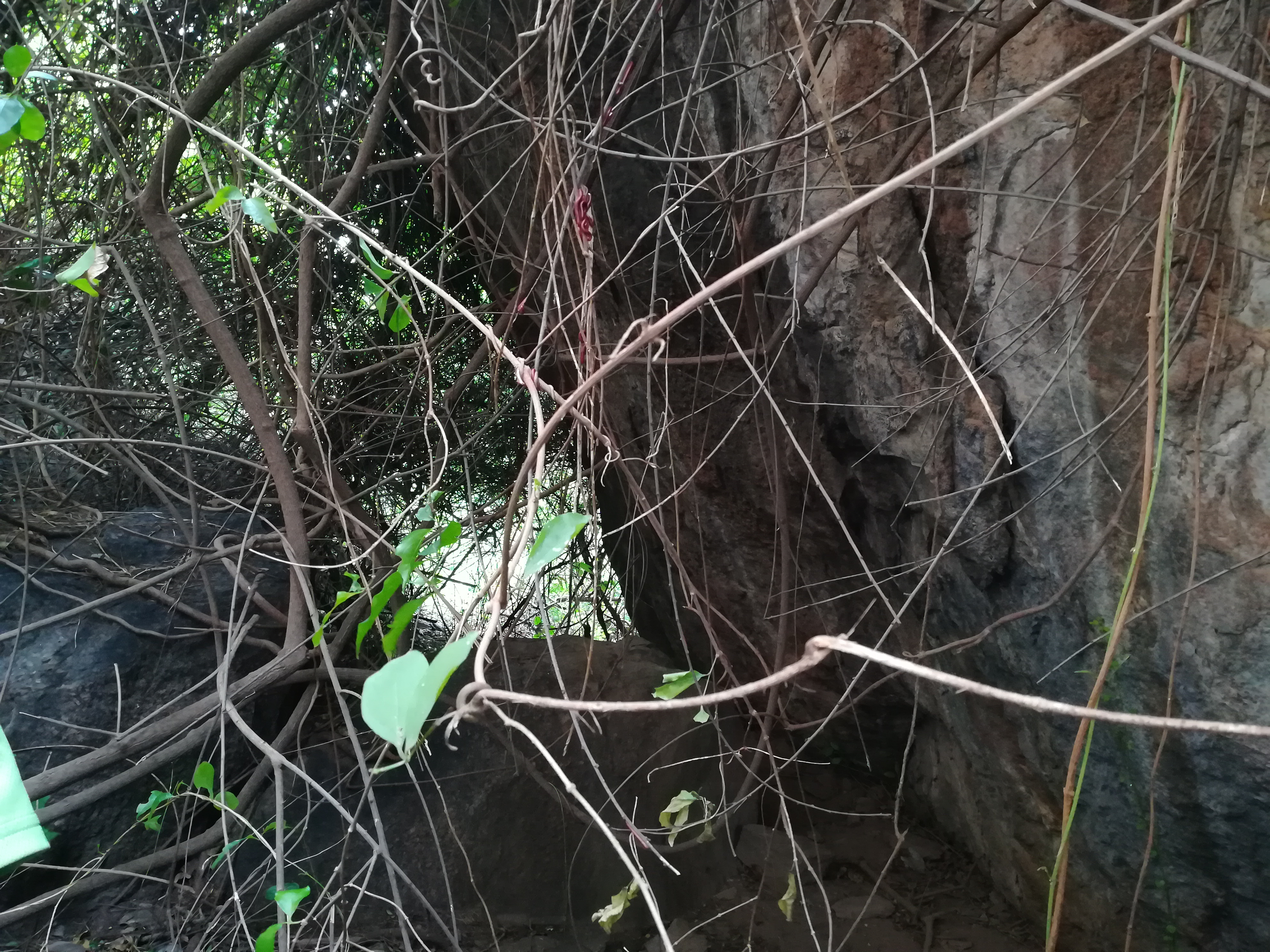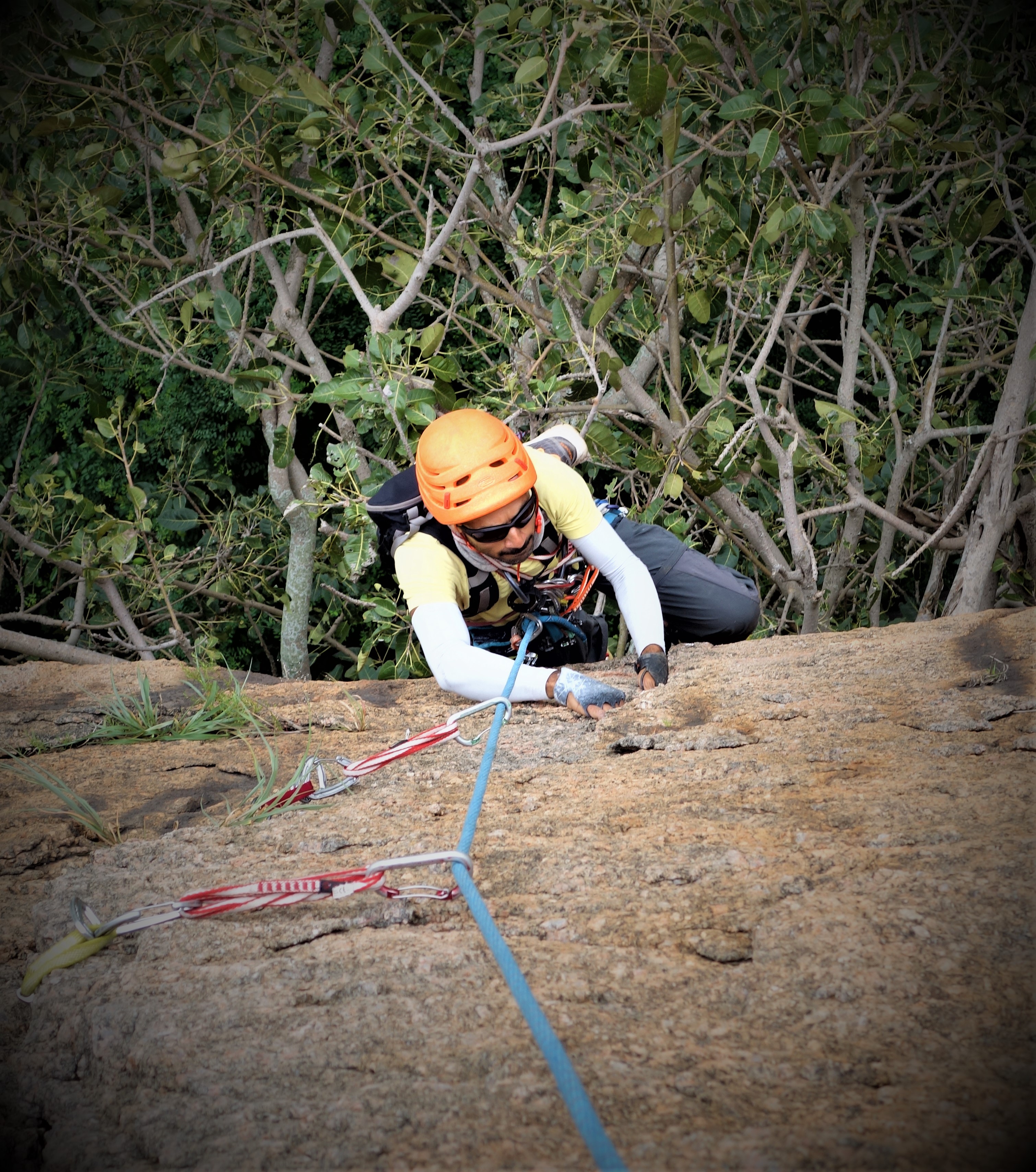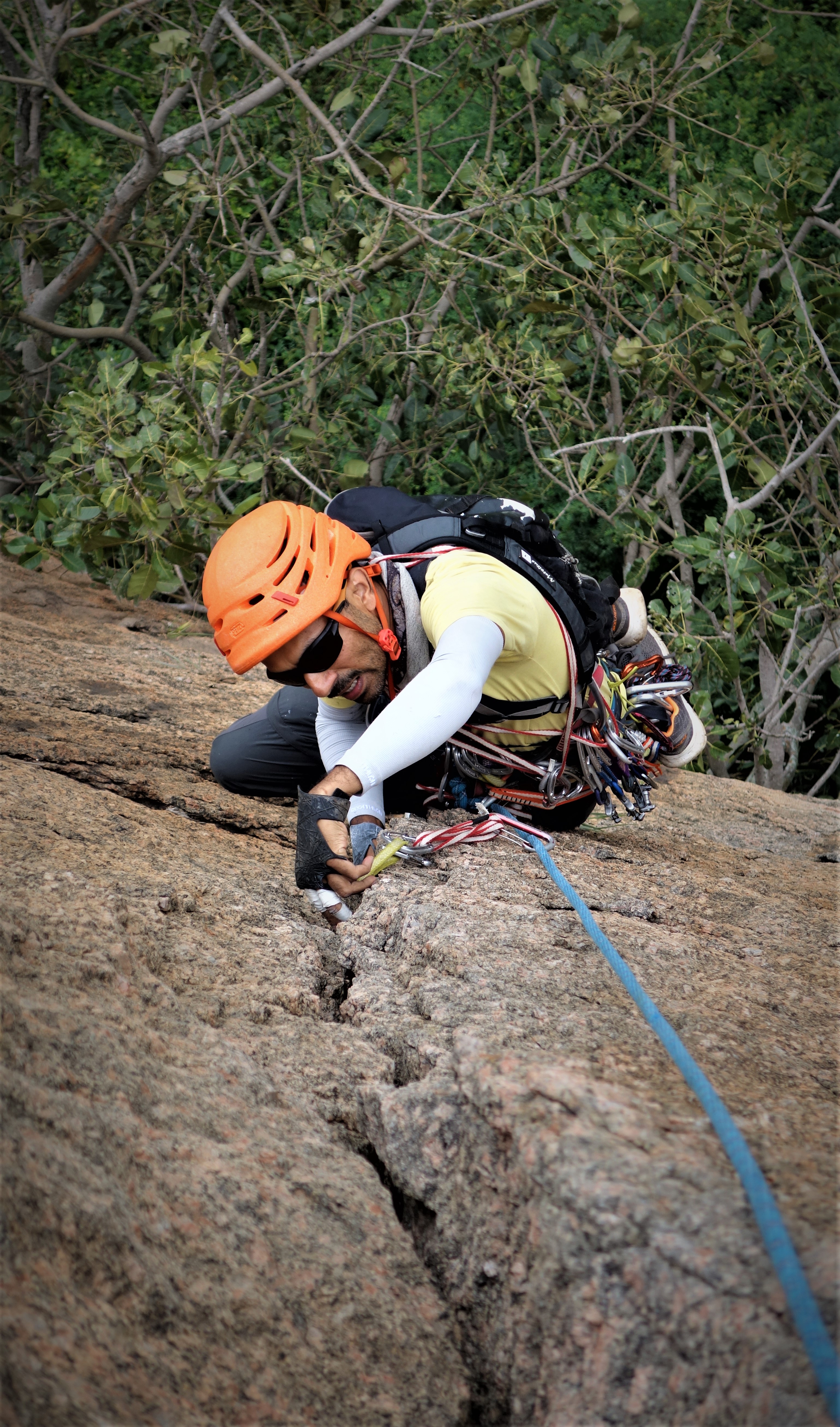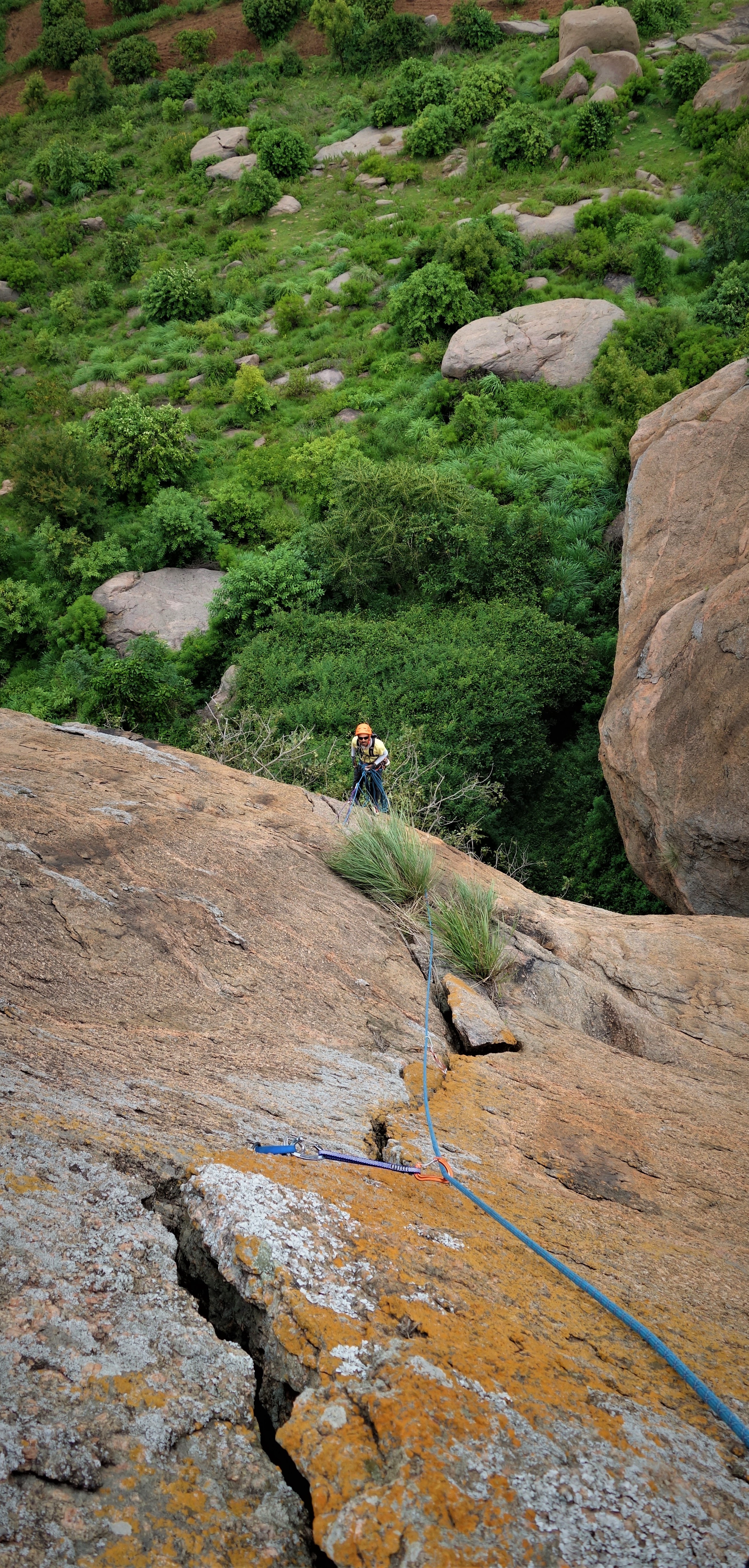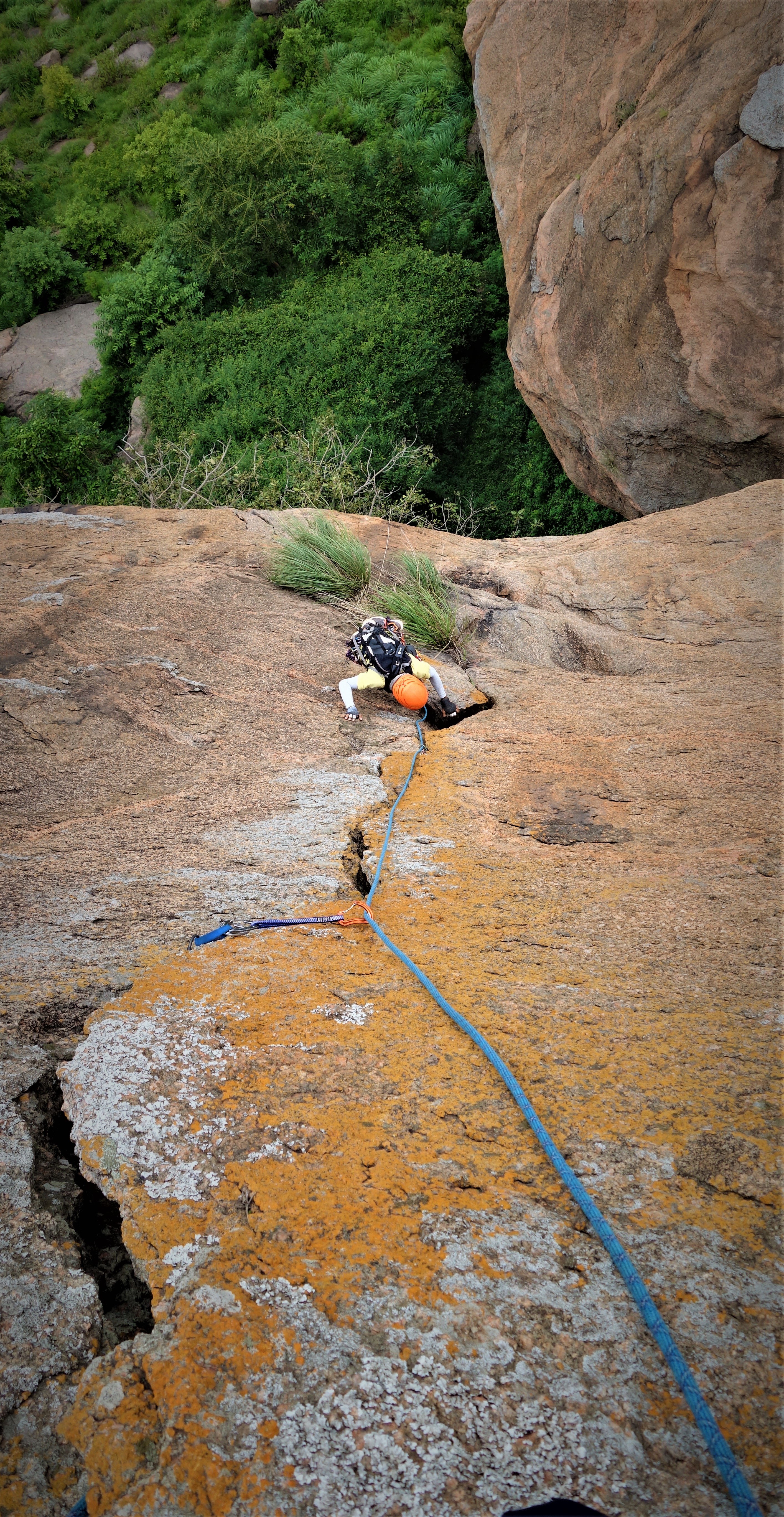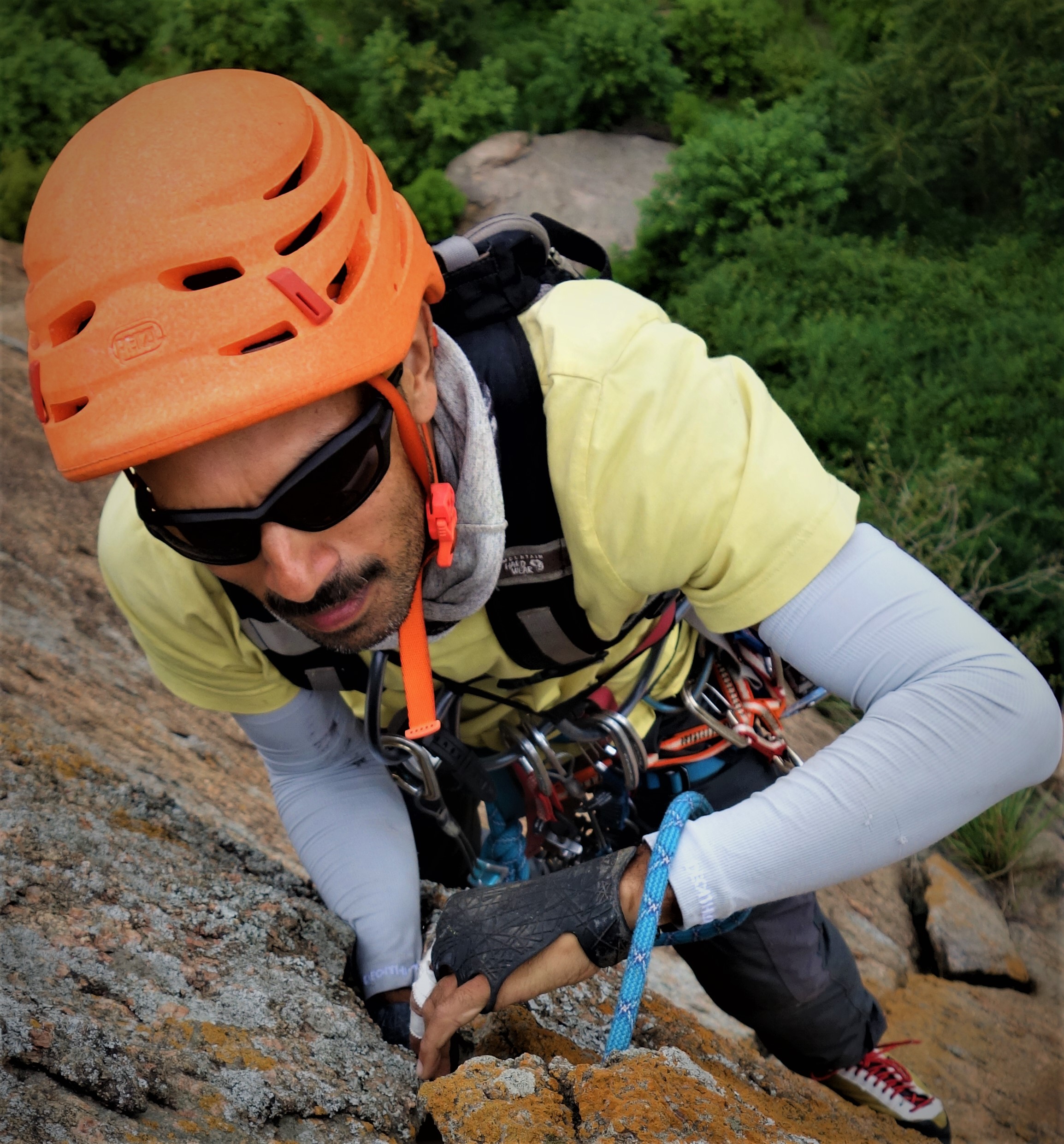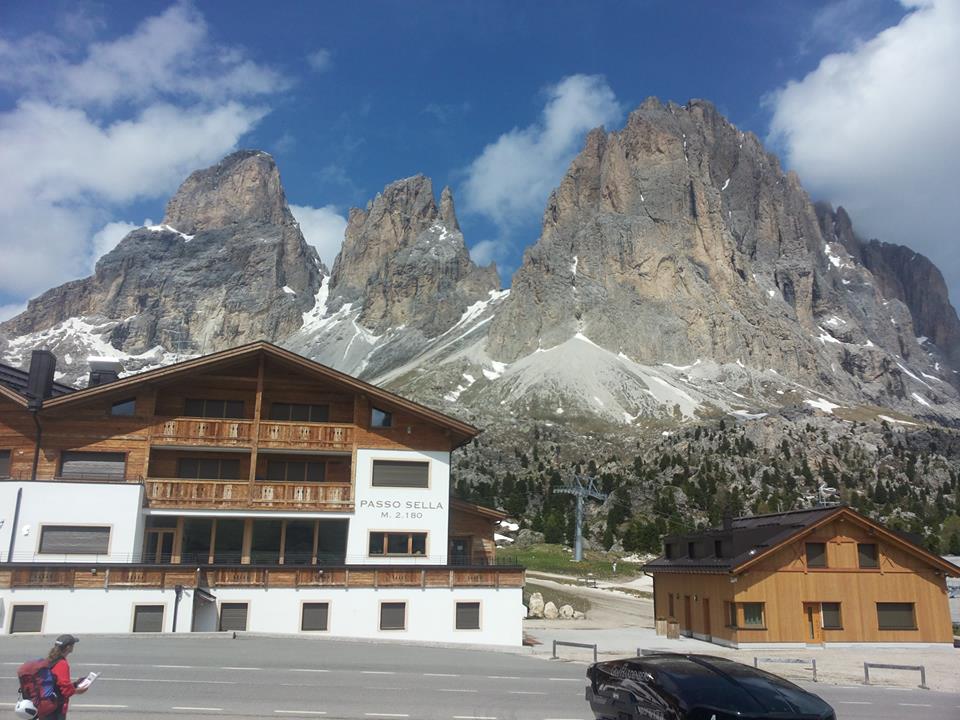Sequel to The Making of a Trail Runner.
Background: After a sub-4 hr road marathon debut at TMM 2020, I blew a podium position in 2020 Deccan Ultra 55k by losing about 45 mins due to a navigational error and settled for a 4th position finish. Well, in a trail ultramarathon, enjoying the mountains and finishing safely itself is a victory, so I was happy.
Deccan Ultra 2024:
After 2020, my priorities switched to climbing and I kept running only as warmups for climbing training, and occasionally hiking Nandi hills. However, in January 2024 I managed to get a few solid trail-runs and felt reasonably trained, so I looked for a comeback with Deccan Ultra 2024 30KM. I thought I’d finish in the top 5 if not on podium. Anyway, I needed some such goal, given I already train and travel so much for climbing, and have such a crazy busy job that I am always counting hours/ROI on my time, why would I take two days off for 5 hours of running. I also signed up because one of my close friends from Mumbai agreed to join me.
After 4 hours pleasant drive from Mumbai, we reached the race venue late afternoon. For the first time in 6 weeks I did nothing for a few hours; well-deserved break the hectic Mumbai life where I had been teaching 8 hour-weeks besides other work and zero downtime. I was psyched for the race, and we both hydrated ourselves well by drinking water regularly and consciously (which proved critical for what was to unfold the next day).

Race day

The route can be broken into 5 ~equal segments separated by 4 aid stations; each segment approximately equal 10 kms running on flat road:
Start to Bari Ascend Kalsubai Descend to Udawane Panjare Finish
I had 500ml water and two gels on me when the race started in the crisp, chilly weather.

I ran a good clip till Bari and saw what seemed like an aid station, but I wasn’t sure and skipped it. By this time the sun was fully out, unlike the cool misty 2020 edition, and I regretted skipping the aid station. I consumed a gel and all of my water while climbing Kalsubai, Maharashtra’s highest peak, realizing I was pushing it. Then, a monkey very deftly snatched my remaining gel from my shorts inner pocket, a caffeine one that I had planned to power me through the technical descent, dealing another blow to my race motivation. Unfortunately, more chaos followed at the top and confusing directions given to me, and I realized I had missed the second aid station too. Now I have to do a technical descent without water! This is a semi-autonomous race, meaning aid stations are kept to the bare minimum, every one of them is mandatory, and I had missed not one but two consecutive ones; imagine my state of mind then. The descent section is very remote and technical and even rescue is extremely difficult there. I took a judgment call to go ahead as I know my body; I have done such stupid things in climbing. I shifted my race strategy from finishing well to just reaching the next aid station safely. I did execute it, slowly but securely, and felt amazed at what a 50-year-old human body that works on a computer 12 hours a day, in a polluted city, is capable of. I had run ~3:15 hrs, the equivalent of 30km road, in the hot sun, with just 500ml water.
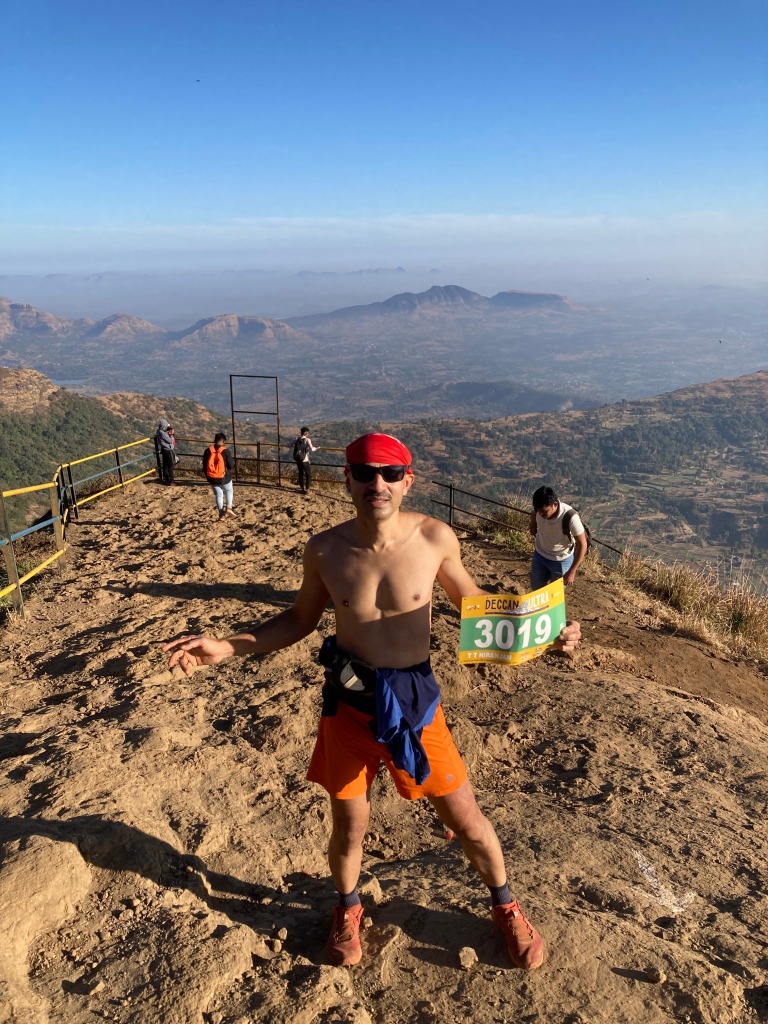




This is as much a mental game as physical because those racing ahead run alone and won’t see any human for hours, in a remote mountain/forest terrain, while most others at the back paired up or formed groups and ran together for safety/morale.

Anyway, I reached the aid station feeling OK (I can’t be fully ok because it is impossible to rehydrate fully while running after hitting dehydration), thinking maybe I’ll run slower but I’ll do it. Ran to the next (and last) aid station Panjare feeling not too bad. Then with about 5km to finish, I saw confusing bidirectional arrows, and where I should have turned right, I ended up turning left (towards Kalsubai via the 21KM descent path) and kept going for 2-3 kms till I saw the 21km runners coming in the opposite direction, that’s when I realized I was fucked.

I felt like a man fallen on the ground, getting smacked hard repeatedly on the head so that he doesn’t ever rise again. I had already lost my way 4-5 times (minor) and maybe ~15 mins of race time so far; I had tackled aggressive monkeys (screw the gel, a small scratch would mean I’d have to take rabies shots), dogs, a herd of cows on a remote section, dehydrated and mentally drained, and now I had again run out of water due to this unexpected turn, it was blazing hot, and now I have to retrace the miles I had excruciatingly covered. The wrong turn had cost me the equivalent of about 10km tarmac run extra! By then I was sun-burnt. Luckily, what I lack in talent, I make up for in sheer determination, so I kept jogging/walking resolutely, thinking I am about as bright as Forrest Gump.
Then, can you believe, about half an hour of suffer-fest later, I again saw a runner running towards me from the opposite direction! I was gob smacked, I groaned, God, Nooooo, not again, I am already fucked! Luckily this time it was the other guy who had erred; he agreed and turned around to run with me. We got chatting and he said he holds the Guinness record for the maximum marathons done on consecutive days by an Indian and I felt good I was running with him despite losing about an hour of race time. I finished with him. I didn’t bother to check the time; my race was long lost and I had stopped caring.

I thought I would be among the last to finish, but surprisingly, I found my friend had yet to finish, and many runners kept arriving as I waited for him. Roshan (the sculpted dude in my first picture) arrived about 20 mins after me. Then my friend arrived. All within the cut-off time. We collected our finisher medals, a quick dip in the dam, packed our tents, lunched, and drove back. We gave Roshan a ride to Mumbai and learnt he was former a gymnast who won Asian Games gold for India, he had completed his debut marathon at TMM in an impressive 3:30hr. Hearing that felt good, because I had finished before a much fitter athlete.
My analysis of the official results later, confirmed my estimate (sans the detour) would have fetched me 3rd position. No excuses though; a mountain trail race includes the ability to navigate, it is all par for the course.
Lessons learned:
All said and done, this was an excellently organized race. Nutrition was all natural stuff like quality dates, bananas, oranges, boiled sweet potatoes. It took as many volunteers as the 100+ runners to mark the trail and arrange aid at remote locations; brilliant logistical feat. Despite that, some of us lost our way to varying degrees, but it means we have to improve. I take pride in being a minimalist runner, but I have to change it. Most runners had GPS watches, I will wear one next time. Having dressed for a morning run, I got sunburnt; next time I will dress better. I carried two gels and a monkey stole one; next time I will carry more and hide them better. I will also carry trekking poles to beat the monkeys*.
* Not easy as it sounds. My friend narrated a recent experience: his group was similarly attacked. One friend returned to the car, picked up trekking poles and went back to teach the monkeys a lesson, and a few minutes later he was seen running down as fast as his legs could carry him, with monkeys chasing him from behind, with his poles in their hands. Picture that!








